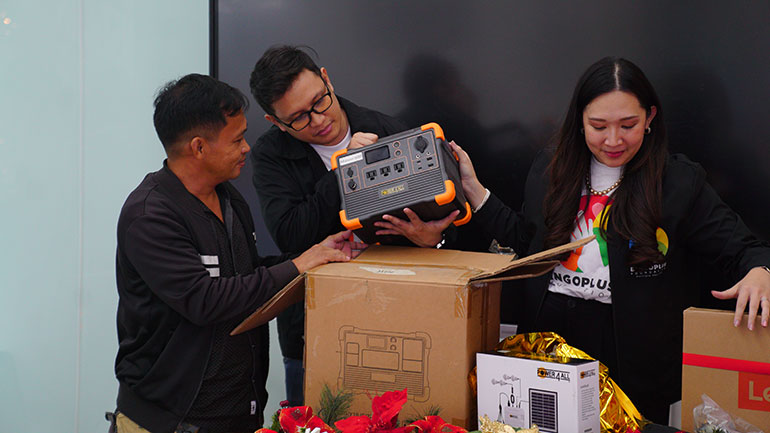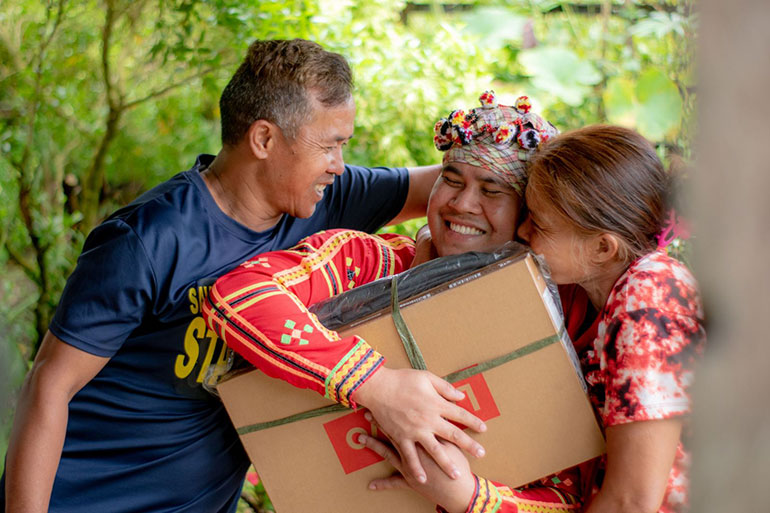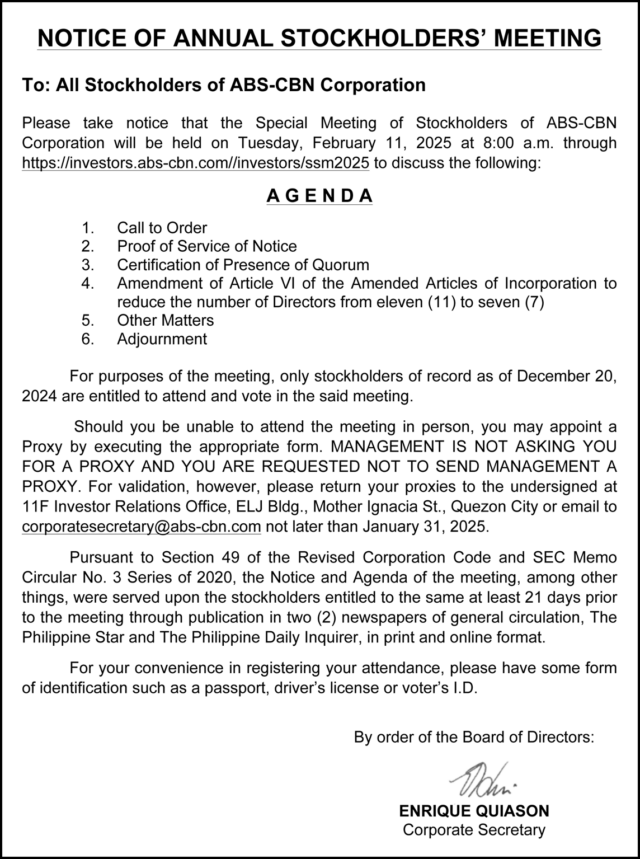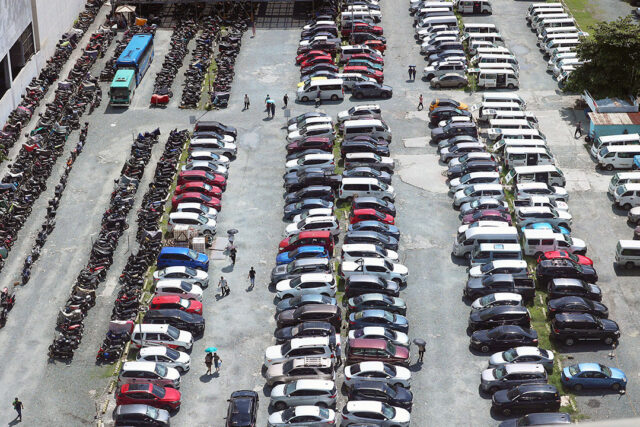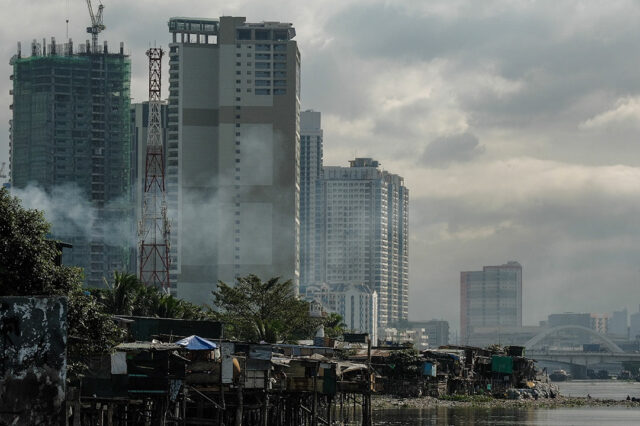MANILA – Plagued with discarded face masks, plastic bottles and other trash during the COVID-19 pandemic, a small riverside community in Manila created its own waste management service, giving its workers, mostly women, a chance to boost their livelihoods.
The Tagumpay 83Zero Waste Association’s network of street sweepers, drivers and creek rangers clean up waterways and collect recyclable waste from the community’s 5,700 residents as well as 24 nearby villages and five schools.
They also run a junkshop where they earn money by selling collected trash, such as single-use plastic bottles and hard plastics, to recycling facilities.
“Aside from reducing plastic waste in our community, we also help our members earn extra income for their family,” Catherine Gabriel, president of the association of informal waste workers in the district of Barangay 830, told the Thomson Reuters Foundation.
The association is one of two community groups in Manila chosen by the United Nations Human Settlements Programme, or UN-Habitat, to receive training on waste management and funding to expand their operations.
Most communities struggle to collect and repurpose waste in a country that devotes insufficient resources to tackle the mountain of trash it produces every year.
The Philippines is among the top waste generators in Southeast Asia, with 18.05 million tons of garbage in 2020 that is projected to reach 23.61 million tons in 2025, according to the National Solid Waste Management Commission.
Local administrations in villages and barangays, or neighborhoods, are tasked with garbage removal but often lack the money, skilled labour and infrastructure to support such operations.
Community organizations often fill the gaps, but their workers earn low pay and lack job protection.
The waste association of Barangay 830 began with no funding but has since received millions of pesos from nongovernmental organizations, as well as UN-Habitat, to purchase equipment and operate facilities.
“If we only depended on the association’s income, we will not be able to purchase delivery trucks or to put up an office to sustain our system,” said Gabriel.
The Philippines marks Zero Waste Month this January to promote sustainable production and consumption practices, part of its bid to keep industrial and post-consumer packaging waste out of nature by 2030.
A government poster for the campaign touts its theme of “integrating sustainability and circularity into the informal waste sector.”
It remains unclear, however, how informal waste workers, the backbone of the country’s current recycling efforts, will be a part of the shift.
WASTE MANAGEMENT GAPS
The Philippines requires 42,000 barangays and villages to set up their own materials recovery facility and door-to-door collection of segregated waste.
But only 39% of villages have such facilities, according to the Commission on Audit.
The task of managing local waste is often delegated to more than 100,000 informal waste workers in the country. Some of them earn less than a dollar a day.
The Department of Environment and Natural Resources has said it wants to to do more to protect waste collectors’ rights and “transform the collection and sorting facilities into formal activities and establishments.”
In Dumaguete, a city on Negros Island in southern Philippines, Aloja Santos and other waste pickers were trained in 2018 by the Mother Earth Foundation, an NGO working to reduce waste and pollution.
The idea was that after a year of NGO support, the local administration would adopt the practices.
“But the barangay could not shoulder our expenses. So we provide our own sacks, gloves, boots and other materials. We use only bicycles to collect heavy waste from households,” said Santos.
Santos and other female waste workers formed a group that services 400 households a day to collect and sort biodegradable and plastic waste, often without enough protective equipment.
The group charges each household 50 pesos, or less than a dollar, a month.
Because its operations are independent from the local authorities, the workers have to pay the government 3 pesos per sack of waste. Philippines law bars the “unauthorized removal of recyclable material” intended for formal collection.
“We are part of the solution in reducing plastic waste in landfills, but we want proper compensation. We are literally doing the dirty work for manufacturers, and we want to be part of the talks on how to better handle our waste,” said Santos, who is an advocate for workers’ rights.
She said informal waste workers were excluded from discussions on the Philippines’ extended producer responsibility (EPR) rules. The government passed a law in 2022 that holds plastic packaging makers and brands financially responsible for the collection and recycling of their products.
“For instance, we don’t know the actual value of our collected waste that’s being sold to plastic credit markets,” she said.
WORKERS’ RIGHTS
Enterprising informal waste workers provide an affordable solution for communities in the Philippines that struggle with basic waste segregation, studies show.
But they are exposed to health and safety risks.
In February, a coalition of 12 waste worker organizations representing more than 1,000 members formed a nationwide alliance to push for legal protections.
The Philippine National Waste Workers Alliance, headed by Santos, is calling for labour safeguards such as hazard pay, health insurance and job security as well as training and participation in policymaking.
Last April, a senator filed the Magna Carta for Waste Workers bill, containing demands from informal waste workers.
Environmentalists want a global treaty to reduce plastic and have called for informal workers to be included in the framework. But a U.N.-backed effort to forge such an agreement late last year fell short.
The delay in crafting the treaty means waste workers are still unprotected, working in dangerous conditions and exposed to toxic fumes from burning plastics, said Marian Ledesma, zero waste campaigner for Greenpeace Southeast Asia.
“Waste workers are often discriminated against and left behind by society,” said Ledesma.
“We must ensure that they … have a say in planning and implementation, and they have access to decent work opportunities as we end the age of plastic.” – Thomson Reuters Foundation




